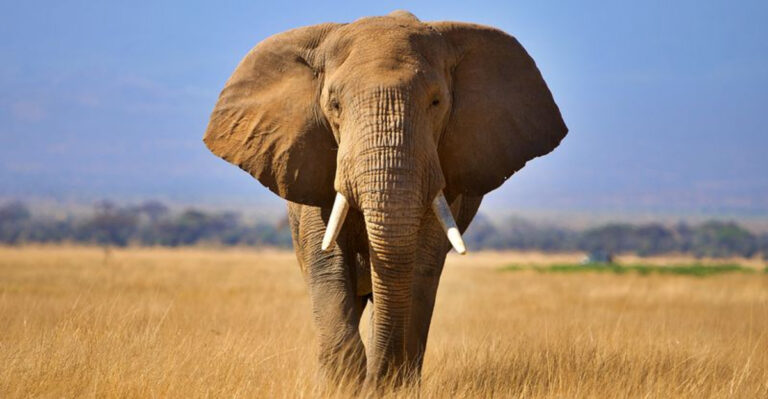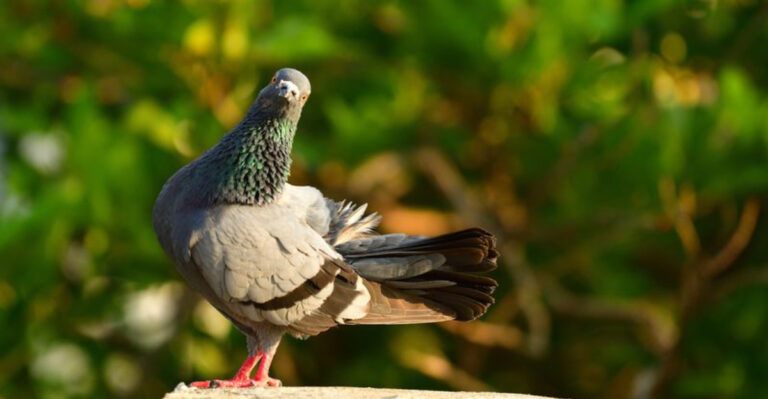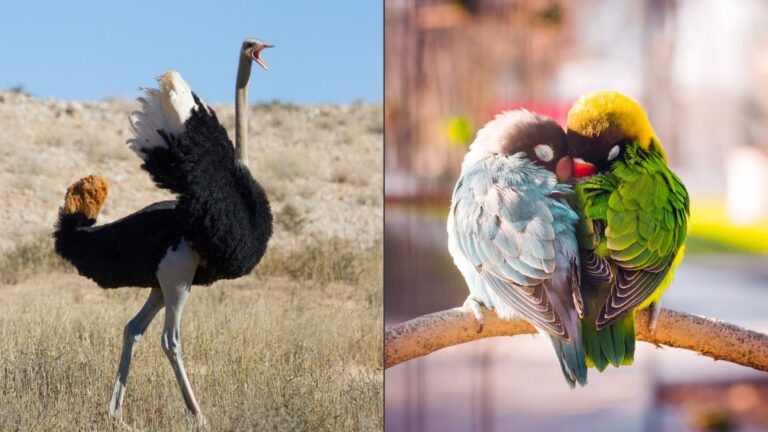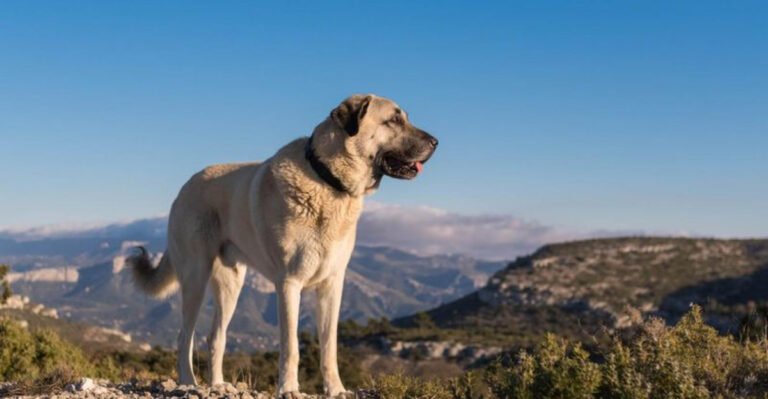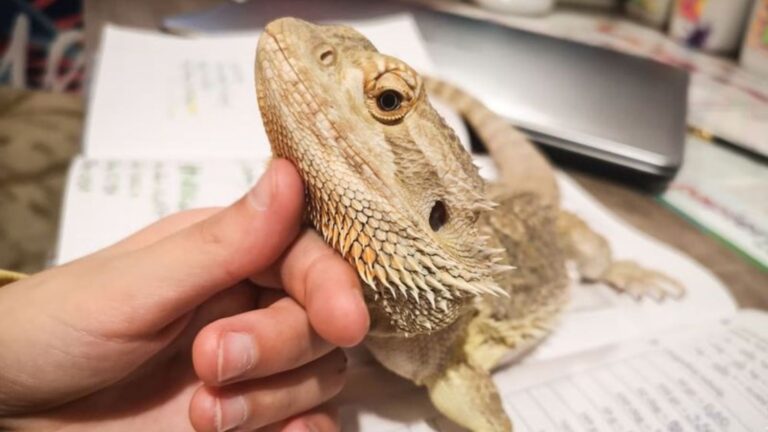One-In-A-Million Desert Mule Deer Spotted In Texas
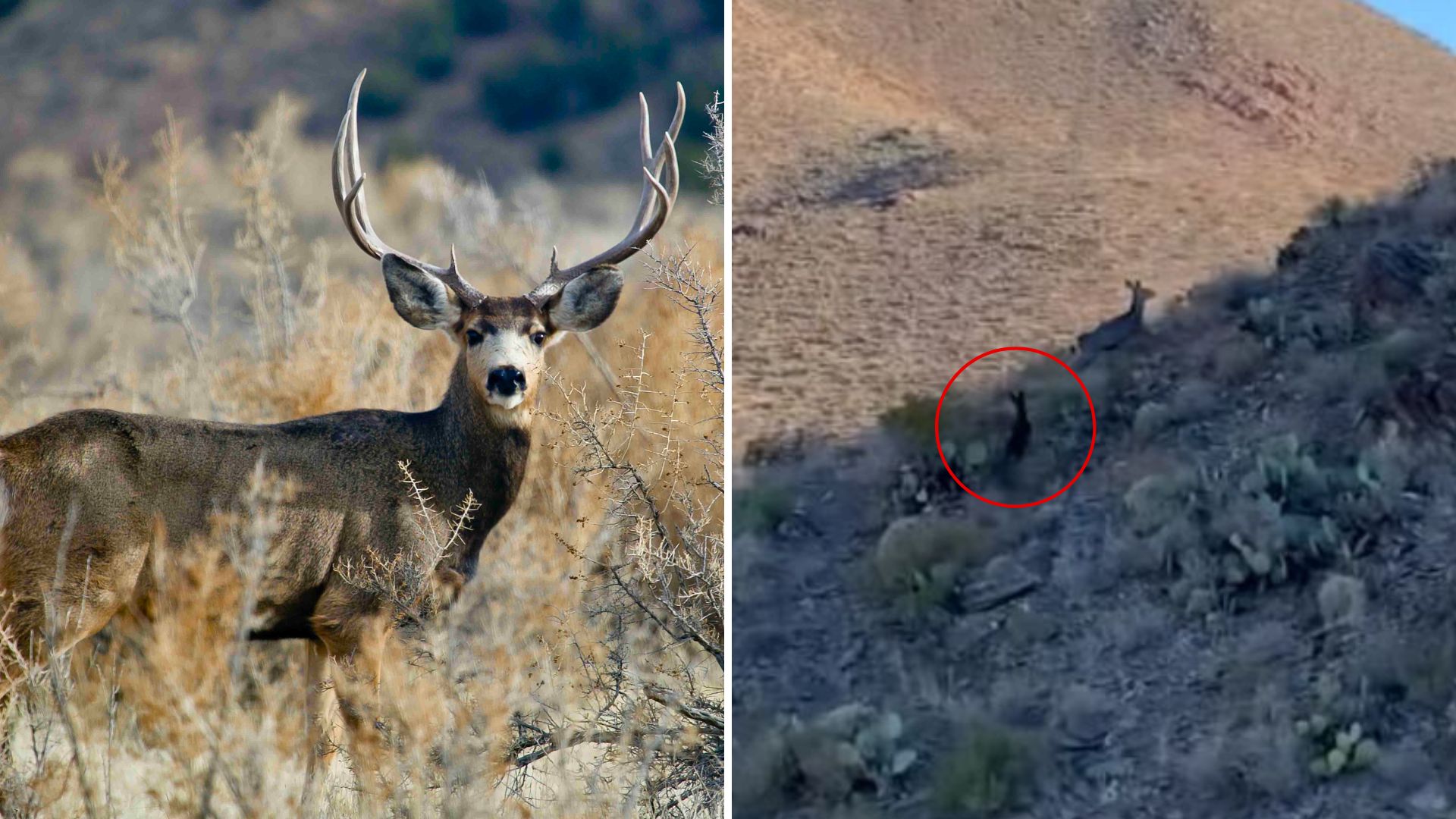
The picturesque Texas desert has recently become the focal point of wildlife enthusiasts, thanks to a rare and captivating sighting of a desert mule deer.
This one-in-a-million creature has sparked the curiosity of researchers and nature lovers alike.
Join us as we explore what makes this desert mule deer so rare and uncover ten remarkable facts that offer a unique glimpse into the world of this extraordinary species.
1. The Rarest Of The Rare
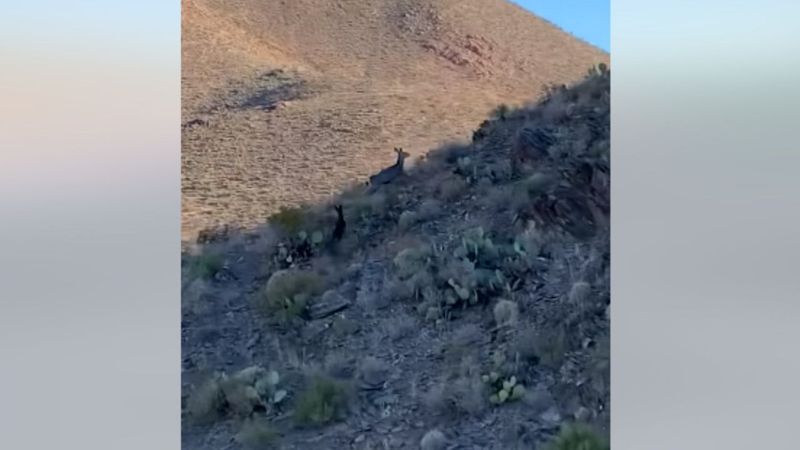
A rare desert mule deer recently stunned wildlife experts in Texas with its striking black coat.
Spotted during an aerial survey by the Texas Parks and Wildlife, this melanistic mule deer fawn was captured on video from a helicopter, standing out against the desert landscape.
Melanism, caused by excess melanin, is extremely rare in mule deer, with only a handful ever documented.
Experts are calling this a “one-in-a-million” sighting, marking it as one of the rarest wildlife encounters in Texas.
2. Unusual Habitat Of The Desert Mule Deer
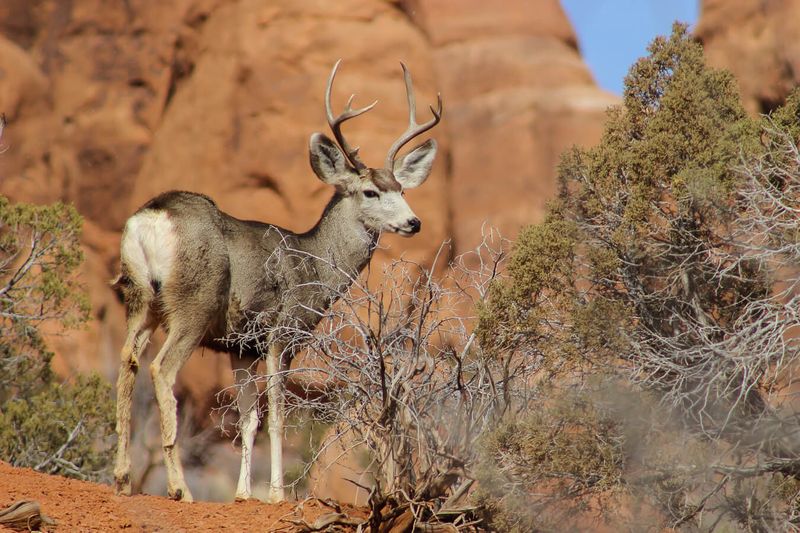
The desert mule deer is typically found in more arid environments, which makes its presence in Texas quite fascinating.
This unusual habitat choice is due to specific adaptations that allow it to thrive in such conditions.
Its ability to find water sources and food in this dry landscape is extraordinary. The deer’s keen sense of smell and memory play crucial roles.
This adaptability is a testament to nature’s resilience, showing how life can flourish even in the harshest terrains.
3. Majestic Antlers
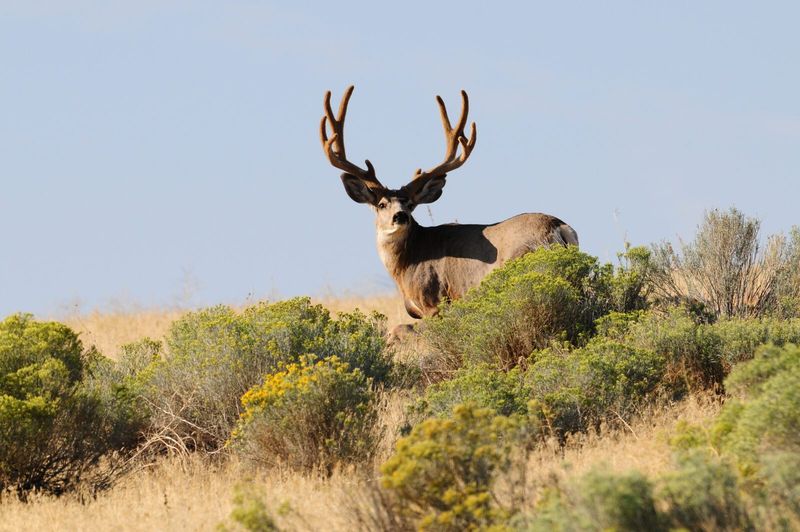
Antlers are the crowning glory of the desert mule deer, distinguished by their bifurcating branches. These antlers grow larger each year, reflecting the deer’s age and health.
The antlers serve as a stunning display during mating season, attracting potential mates with their grandeur. They also have practical uses, such as defense against predators.
In the Texas desert, these antlers are more than just a visual spectacle; they symbolize the deer’s strength and survival skills.
4. Camouflage Skills
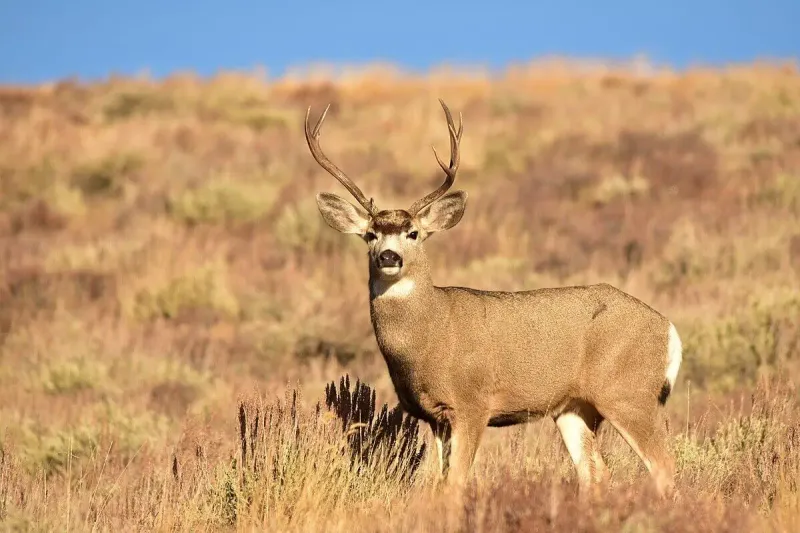
Camouflage is a survival tool for the desert mule deer. Its fur blends seamlessly with the sandy and rocky textures of the Texas desert.
This natural disguise helps it avoid predators, offering a crucial advantage in the wild. The deer’s coat changes subtly with the seasons, enhancing its ability to remain unseen.
This ability to blend into its surroundings is not just about protection; it also assists in hunting and foraging. In the vast expanse of Texas, the deer’s camouflage is a testament to evolution’s artistry.
5. Remarkable Vision
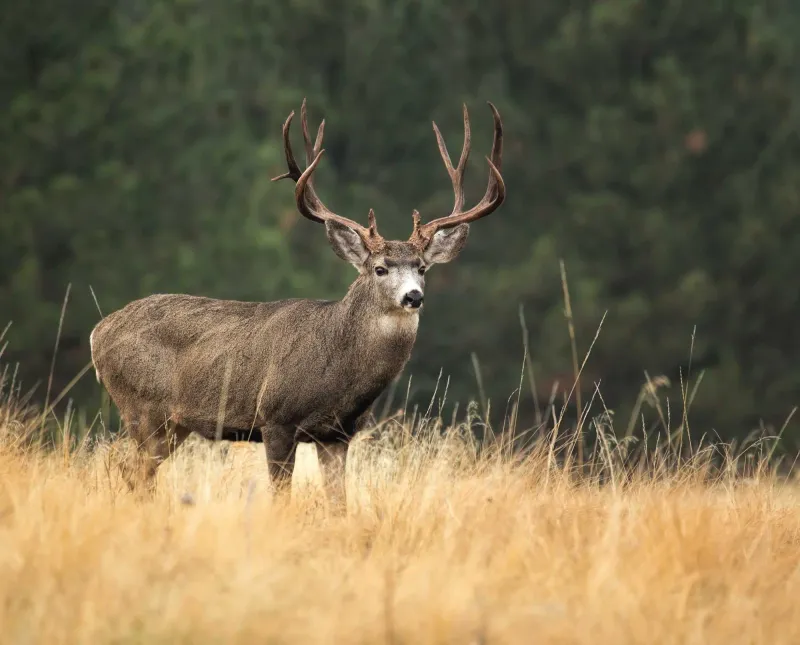
The desert mule deer is equipped with extraordinary vision, an essential asset in the expansive Texas landscape. Its large eyes enable it to detect movement across long distances.
This keen eyesight is crucial for spotting predators and navigating its environment safely. The wide field of view allows the deer to observe the world with minimal head movement.
In the desert, where danger can lurk in the shadows, this remarkable vision is key to survival. It’s not just about seeing the world but understanding and reacting to it swiftly.
6. Dietary Adaptations
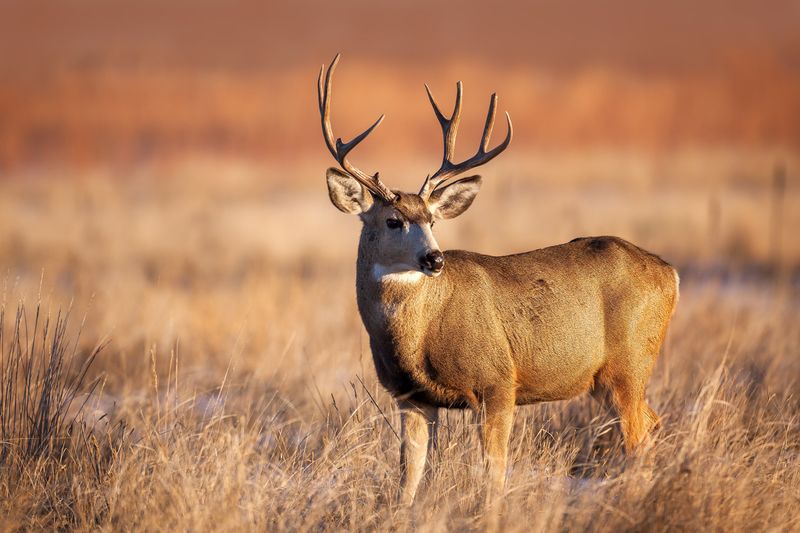
The diet of the desert mule deer is a masterclass in adaptation. It feeds on tough shrubs, dry grasses, and cacti, thriving where others might struggle.
These dietary choices are not mere preferences but necessities for survival in the Texan desert. Its digestive system efficiently extracts nutrients from fibrous and moisture-scarce plants.
Such adaptability ensures the deer’s sustenance in an environment where food can be sparse. It’s a daily demonstration of nature’s ingenuity, turning scarcity into sustenance.
7. Social Structure
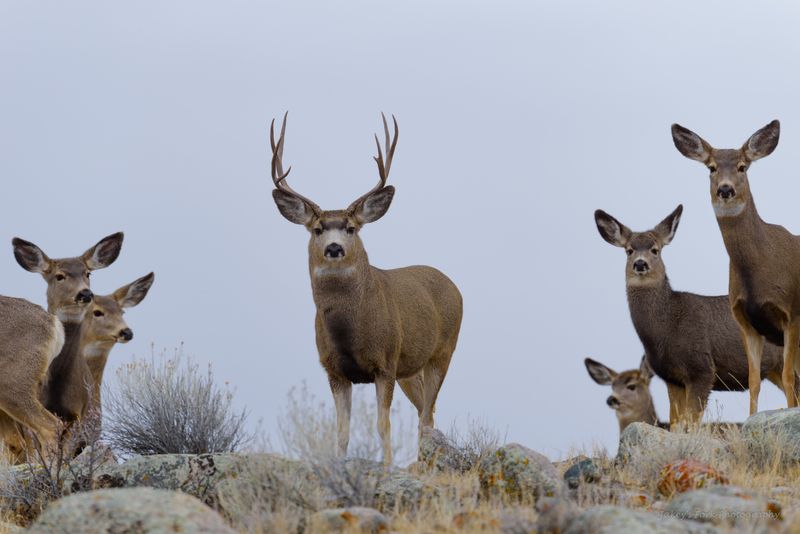
The social structure of desert mule deer in Texas is both fascinating and complex. These deer often form small groups, known as herds, during certain times of the year.
This social living provides safety in numbers, aiding in predator detection and resource finding. Communication within these groups is vital and includes visual cues and vocalizations.
Their social interactions are not just about survival; they also foster learning and cooperation. In the vastness of the desert, these bonds highlight the importance of community.
8. Seasonal Movements
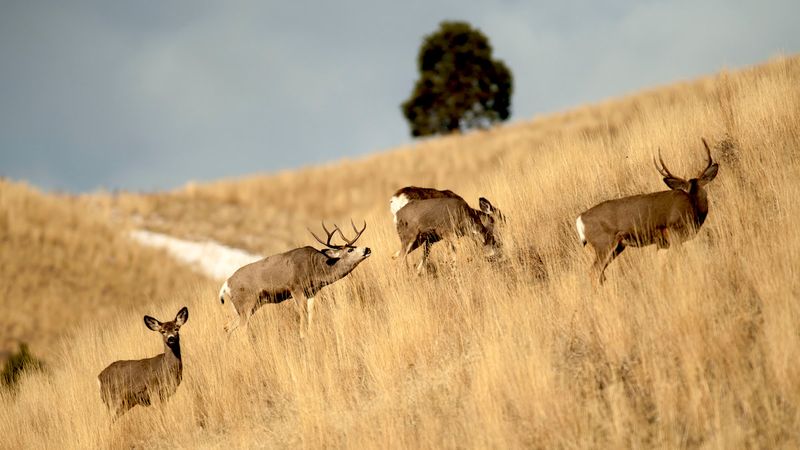
Desert mule deer are not static residents; they embark on seasonal movements across Texas. These migrations are triggered by the search for food and water.
As the seasons shift, so do their habitats, requiring them to adapt constantly to new terrains. This migration is a strategic survival tactic, allowing them to exploit different resources throughout the year.
The journey they undertake is a testament to their resilience and adaptability, mirroring the broader rhythms of nature in the desert.
9. Reproductive Strategies
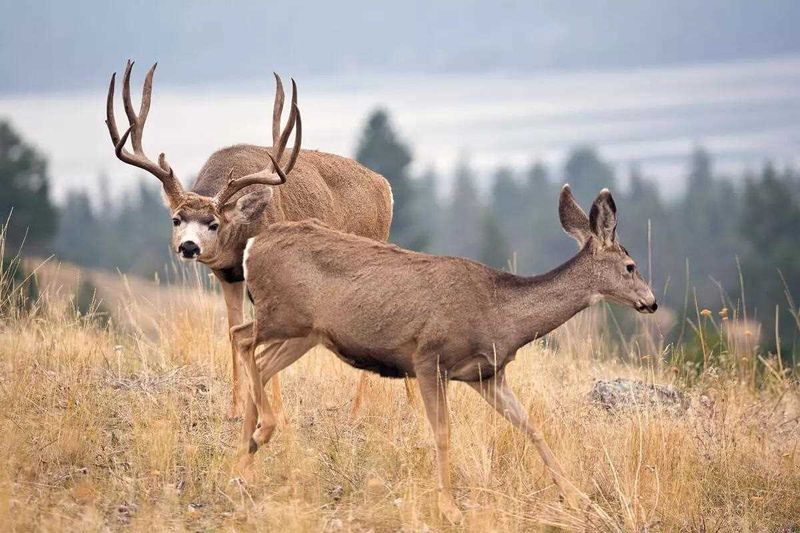
The reproductive strategies of desert mule deer are finely tuned to the harsh Texan environment. Mating season brings about a flurry of activity, with males displaying their antlers to attract females.
Courtship rituals are intricate, involving both visual displays and scent markings. Once mating occurs, the females undergo a gestation period of about seven months.
These strategies ensure that offspring are born during favorable conditions, increasing their chances of survival. In the challenging desert, these methods showcase the deer’s instinctual wisdom.
10. Conservation Status
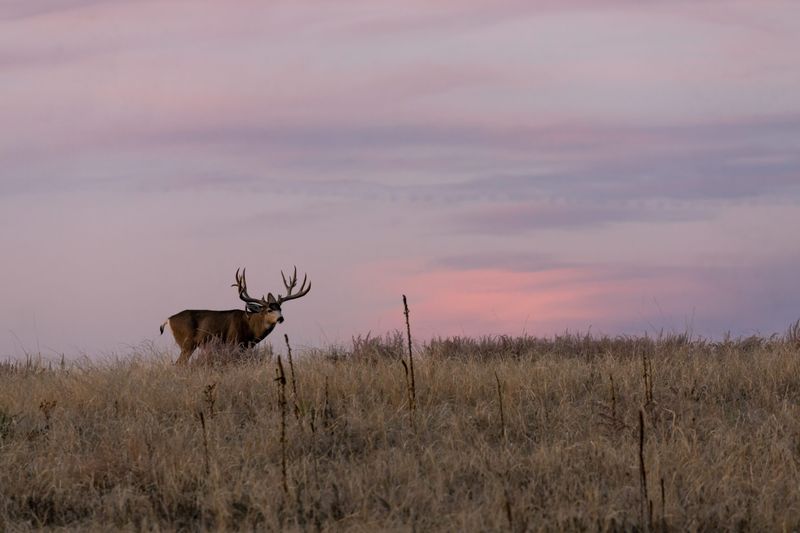
The desert mule deer’s conservation status is a subject of ongoing attention. In Texas, efforts are underway to understand and preserve this unique species.
Habitat protection and research are paramount to ensuring the deer’s survival. Conservation programs focus on mitigating threats like habitat destruction and climate change.
These initiatives are crucial not just for the deer but for the entire ecosystem. In the grand tapestry of nature, the deer’s well-being signifies broader environmental health.
11. Cultural Significance
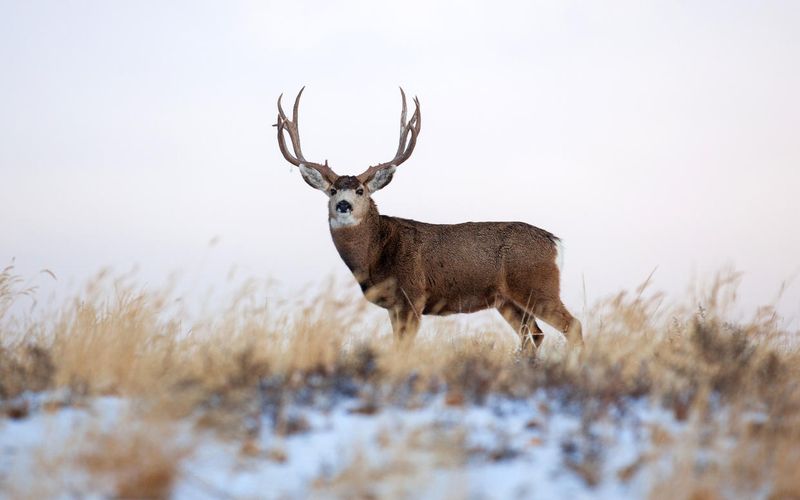
The desert mule deer holds a special place in Texan culture. It features in local folklore and is a symbol of wilderness and resilience.
Its presence in art and stories highlights the deep connection between the deer and the people of Texas. This cultural significance extends beyond myth, influencing conservation efforts and public awareness.
By celebrating the deer, Texans honor their natural heritage, bridging past and present. It’s a relationship that enriches both the landscape and the community.

